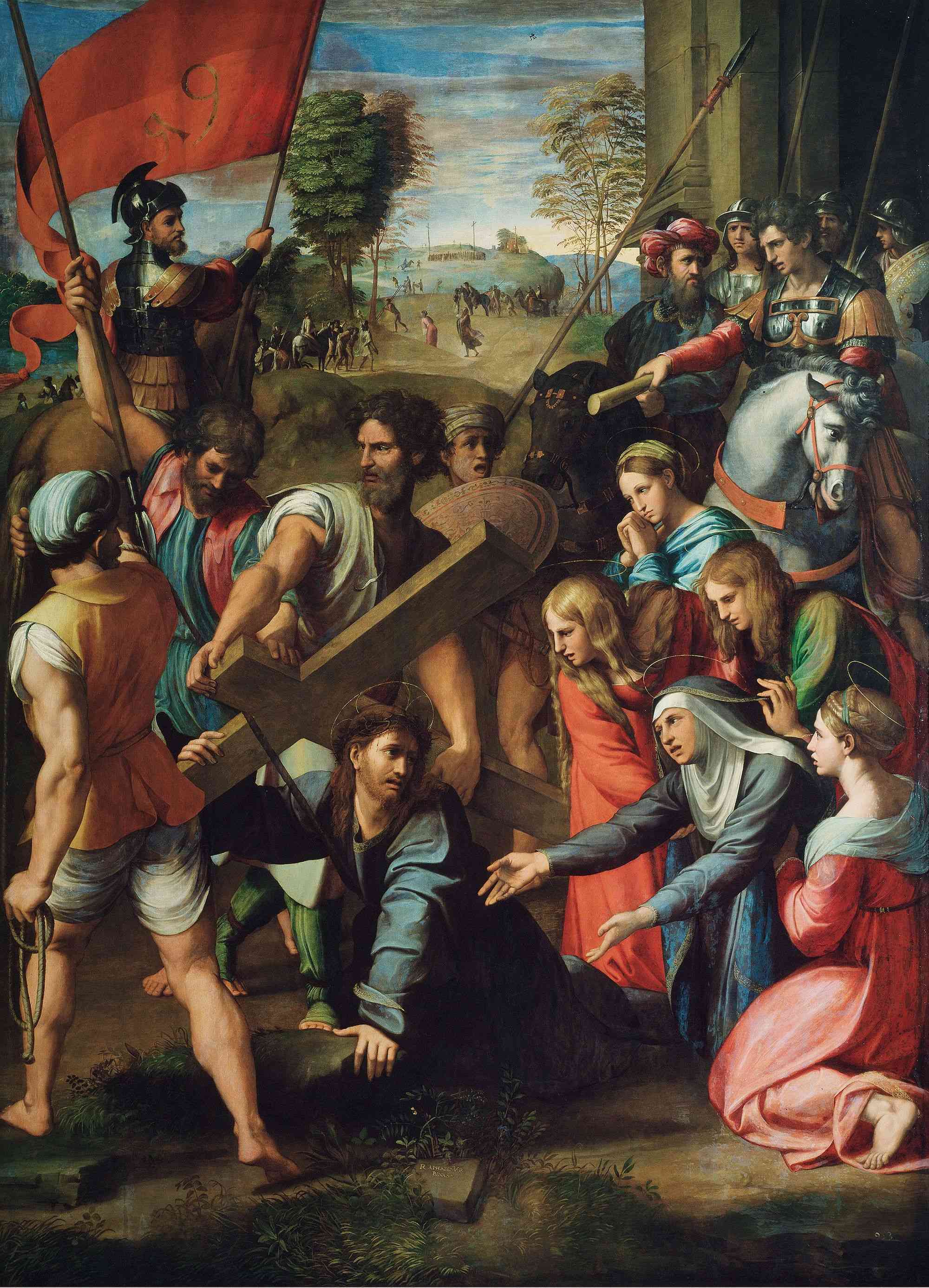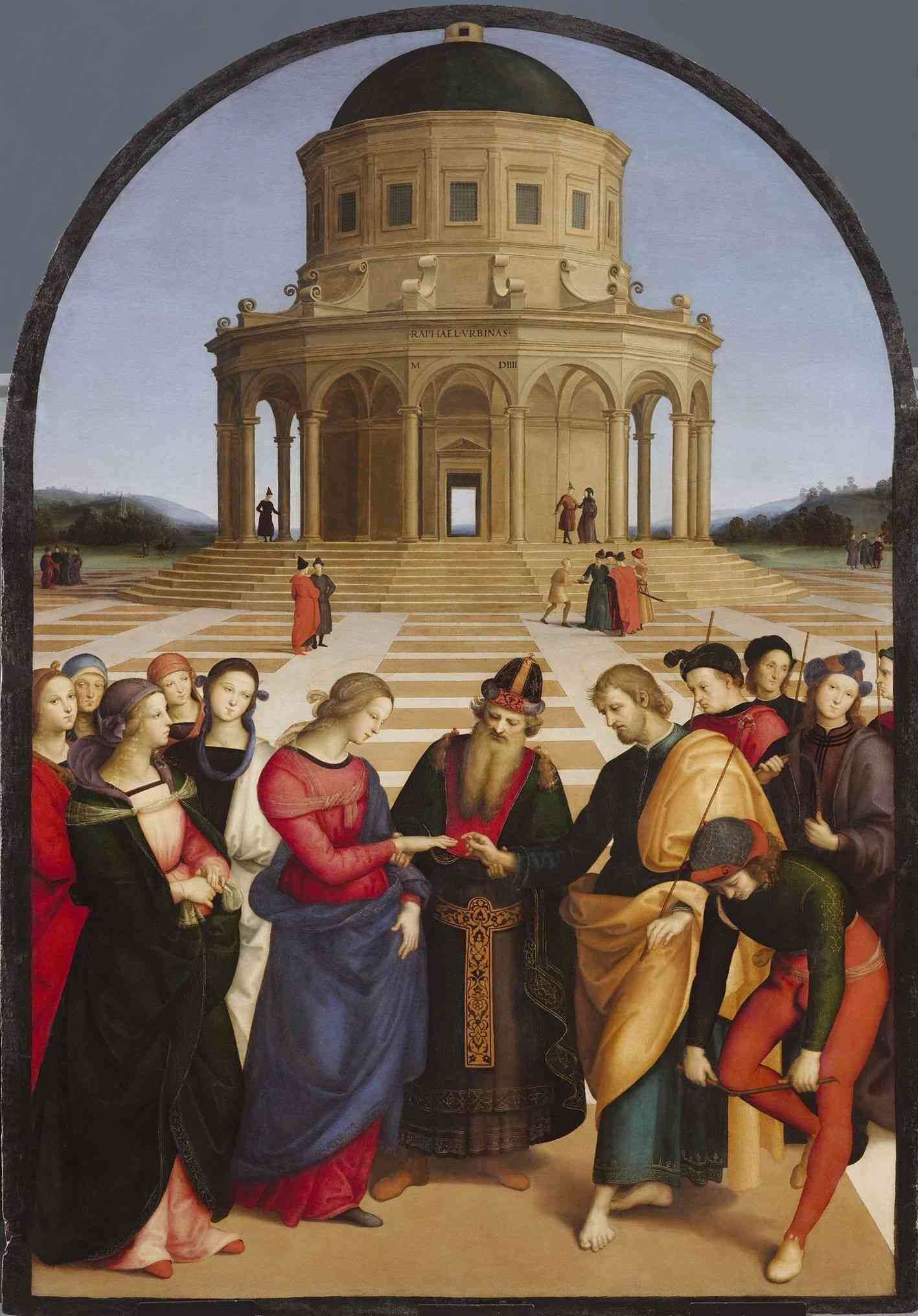In our previous article, we presented the first ruler of the Medici family, Cosmo de Medici, and his interest in art, science, engineering, and physics, and how he was one of the first supporters of this renaissance. To know more about this topic, read our previous article.
Now we will have another discussion in “Witnessing the Renaissance series.”
Lorenzo dei Medici (The Great Lorenzo)
Lorenzo was one of the strongest supporters of the Renaissance movement in Europe and Italy, especially Florence. It has been reported in history that Lorenzo has supported many artists and craftsmen such as Leonardo Da Vinci, Michelangelo, and Raphael and many more artists who received his sponsorship and are also among the most artists who rose in particular Florence and Italy in general.
Lorenzo de 'Medici was the grandson of Cosmo de' Medici. He was the son of Piero Le Savoronato de 'Medici, who was the ruler of Florence. Lorenzo married Clarisse Orsini. His term was full of amendments to laws to obtain power, where he was the true Lord of Florence and was a member of the Council of Hundreds. After his father’s death, Piero was appointed governor of Florence. [1]
In his book,he wrote “Memories” : "In order to preserve our friends and materials, because in Florence you can live poorly without getting rich without the state."
“What I have dreamed in an hour is worth more than what you have done in four.” - Lorenzo de ’Medici.
Lorenzo was a man representing the spirit of the Renaissance, and he was trying to save Europe from the fall. His era was at the height of the Renaissance, and he assumed the throne when he was 20 years old, but the laws at that time did not allow the ruler to be under the age of 45, but he made an exception and a change in the law in a smooth transition between rulers [2]
His career
Lorenzo inherited the business from his family. He received the bank of Medici in Florence and was responsible for it and faced great difficulties due to its excessive breadth in Europe and its competition with many competitors.
The Bank of Medici invested in many different countries and capitals, most notably the city of Pisa, and it was intended to revive it and make it part of the economic revolution of the Bank of Medici. [3]
- External relations
His international political career was marked by diplomacy and wisdom despite many difficulties and challenges, he managed to lead Florence through severe conflicts between neighboring countries, contradictions with the Church, and relations with France. He was awarded the title "needle balance" for Italian wealth. [3] Lorenzo was a great enemy of Rome and Pope Sixtus IV. Sixtus, in cooperation with his family, tried to assassinate Lorenzo.
Still, it was a failed attempt and they did not succeed in the matter, but they succeeded in killing his brother, Giuliano de Medici. When they arrested the perpetrators of the assassination and the coup, they hanged them on the gates of the city, they were killed by the anger of the people and the strange thing is that the cathedral in Florence conspired against Lorenzo. The saint of the cathedral was to become the brother of Clarence Orsini, and he was murdered by the charges of betraying Florence.
Because of the murder of the priest of the cathedral, Sixtus IV took advantage of this position, and his accusation of atheism was overtaken by Florence and which prevented it from commercial exchange with the other Italian kingdoms. Before reasserting Florence, the Embassy of Florence required the request of forgiveness and the receiving of the papal stroke, but Lorenzo was not with them at that time. [3] Lorenzo's political life was characterized by many challenges and disputes, but with his wise wisdom, he was able to overcome them.
- Philosophy and culture
Lorenzo was concerned with Platonic philosophy as he surrounded himself with some excellent writers and then presented to Florence this culture in one go. He sponsored many intellectuals such as "Leon Battista Alberti" and "Giovanni Pico." Lorenzo himself was a writer and poet, and he has several works such as symposium, bird from Partridge, and his poem in octaves [4]
- The first sponsor of the arts
Lorenzo was a poet and artist, so he was committed to spreading art and science in Florence and supporting her artists and engineers. He nurtured Leonardo Da Vinci's arts and his talent in designing weapons and made him make some models.
He sponsored the arts of Michelangelo Raphael. He also supported the Ferrocio operator, as this operator was the most famous and influential in Italy, as Raphael and Leonardo Da Vinci were present in this operator.
You can read more information about the great artist Leonardo Da Vinci,
visit the following link
During his reign, Florence was full of arts and artists. Even now, we see the results of these arts. Florence has become a large museum of art. In every street, every church, every cathedral, and palace, you find art from sculptures, paintings, engravings and decorations. Except for the engineering and architectural innovations by the best artists, such as the dome of the Santa Maria Cathedral in Florence and by Filippo Brunelleschi, as we mentioned in the previous article.
You can read more information about Filippo Brunelleschi visit the following link
Renaissance Pioneers: Raphael (Raffaello Sanzio)
The Renaissance was distinguished by the presence of many wonderful artists, whom we will talk about in the next parts of the series. In the previous part, we talked about "Filippo Brunoliski," and we will discuss in this part about the great and wonderful artist "Raphael."
Raphael was initially educated by his father, who was a painter. He joined the workshop "Bergino" in 1490. When he reached the age of 17, he was called "master," and he is also believed to have worked late in his life with Ferrocio in his workshop. This great artist is part of the artistic trinity in the Renaissance, which includes "Leonardo Da Vinci," "Michelangelo," and "Raphael."
Raphael has many works of art in the Vatican, and Raphael's paintings are the easiest and clearest form, and human drawing in his paintings is ideal. Also, he was a famous architect during his time.
His artistic life and his artworks
Raphael began his actual artistic life after he went to Rome after receiving an invitation from Pope Julius II in 1508 to decorate the Vatican from the inside with drawings consisting of mural paintings which was decorated and painted with the help of his students and colleagues. [5]
- Murals inside the Vatican
The first person to decorate this room was the artist Raphael with the help of other artists at the request of Pope Julius II. This room was used by the pope as a study and research room. The drawings were not drawn immediately as I entered an extensive series of side drawings to clarify the idea before drawing and layout the details that several murals were drawn and painted: "Disputa del Sacramento," "Scuola di Atene," "Parnaso" and "Virtù." Napoleon tried to steal the paintings from the Vatican Museum and send them to France was a failed attempt due to difficulties and failed technical attempts. [6]

- Crucifixion Gavari
It was drawn by Raphael and was executed for the church of San Domenico at the request of the family "Gavari" in the year 1503. The meaning of the phrase that the crucifixion of Christ where the sun is on his left at the top and represents the alpha symbol, which in Christianity means the beginning of the divine incarnation and the moon on his right at the top and symbolizes the omega symbol and means the end of the Divine Incarnation. [6] Beside the cross of Jesus on the right and the left are two angels who gather the blood of Christ and at the bottom of the cross there are four saints, among them (Mary, Saint John the Apostle).

And there are many paintings that Raphael worked and these paintings were to draw saints and paintings for churches, and this is the reason for the immortality of his name in history. See the paintings below.





Architectural achievements
Raphael did not have that architectural influence, but after the death of Bramante, he was appointed chief architect in the church of St. Peter. With his name on the architectural side after that, knowing that most of Raphael's architectural designs had been changed, but some drawings remained until the present time that enabled us to study them.
He designed many buildings and was the most influential architect in Rome in that document. He made changes to the urban planning of Rome and created many public roads.

Some of the buildings he designed, such as the Aquila Palace, have been demolished to make way for the square in front of St. Peter's Basilica in Rome, and its façade has been preserved.
Raphael became the hero of the Romanian school after his designs for it in 1514 Geith was appointed secretary of the Roman antiquities after the start of excavation in 1510. He formulated a new architectural style and manifestation characterized by structural complexity where after Raphael, a shift towards Italian and European art took place.
Thank you for reading!
Stay with us.
- Utopia Educators. Consider supporting the author by donating here.
To read more articles from this author, please visit the following link
Sources:
[1] Giovanni Battista Picotti,"MEDICI, Lorenzo de', detto il Magnifico" , Italy,Retrieved: (20/7/2020) http://www.treccani.it/enciclopedia/medici-lorenzo-de-detto-il-magnifico_(Enciclopedia-Italiana)/
[2] factinate ," 27 Dark Facts About Lorenzo de Medici" ,Retrieved: (20/7/2020)https://www.factinate.com/people/27-dark-facts-lorenzo-de-medici
[3] Liana Castelfranchi Vegas, L'arte del Quattrocento in Italia e in Europa , Milan, Jaca Book, 1996
[4] enciclopedia,"Rafael", Italy, Retrieved: (20/7/2020)https://www.enciclopedia.cat/ec-gec-0053913.xml
[5] artist biography,"RAPHAEL OF URBINO Painter and Architect
(1483-1520)" , Retrieved: (20/7/2020) http://www.artist-biography.info/artist/raphael/
[6] DARIO MASTROMATTEI , (JANUARY 30, 2017) ,"Crocifissione Gavari di Raffaello Sanzio: analisi completa dell’opera",Retrieved: (20/7/2020) https://www.arteworld.it/crocifissione-gavari-raffaello-sanzio-analisi/


